Home>Garden Essentials>What Does Sowing Seeds Mean
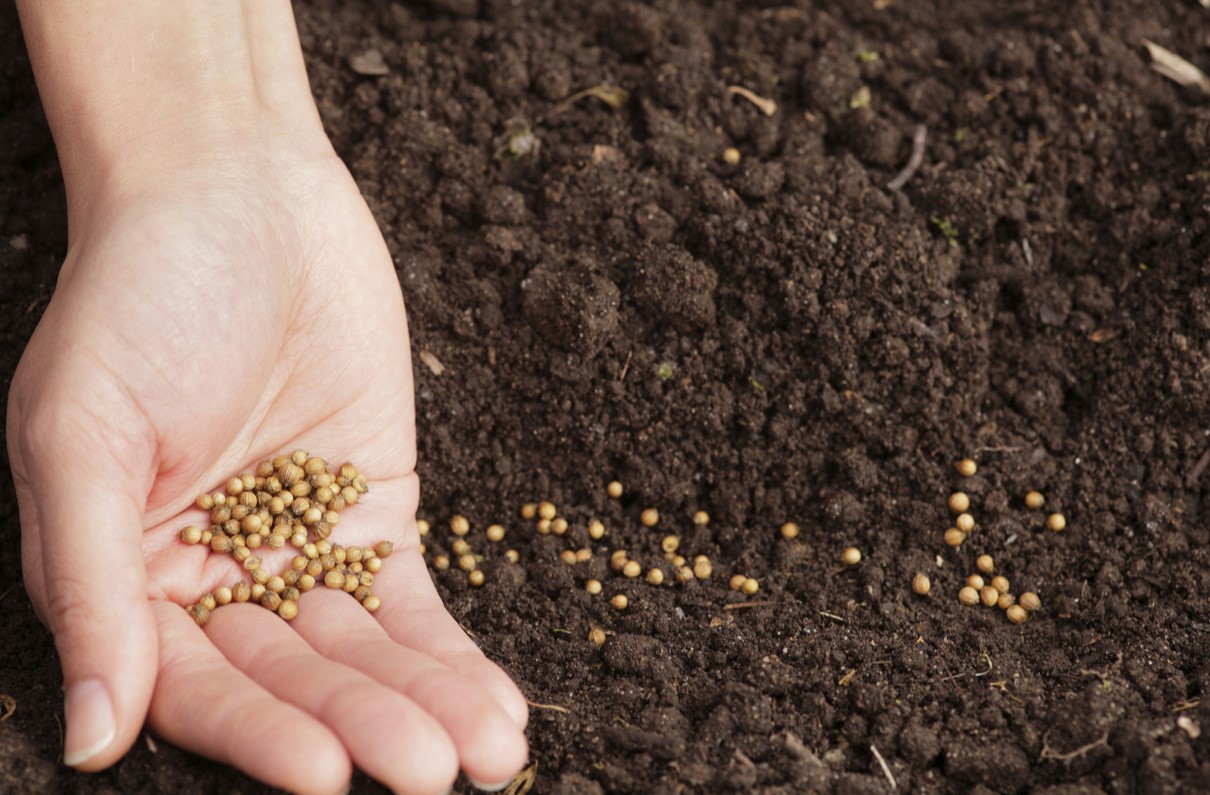

Garden Essentials
What Does Sowing Seeds Mean
Modified: May 6, 2024
Discover the meaning of sowing seeds in the garden and learn how to start your own garden. Find helpful tips and techniques for successful gardening.
(Many of the links in this article redirect to a specific reviewed product. Your purchase of these products through affiliate links helps to generate commission for Storables.com, at no extra cost. Learn more)
Introduction
Sowing seeds is a fundamental practice in gardening and agriculture that involves planting seeds in the soil to grow plants. It is a crucial step in the process of cultivating a garden or farm, as it lays the foundation for a successful crop yield. Whether you are a seasoned gardener or a beginner with a green thumb, understanding the concept and importance of sowing seeds is essential.
When we think of sowing seeds, we often picture farmers in large fields or individuals carefully planting small seeds in their backyard gardens. However, the act of sowing seeds goes beyond just placing seeds in the soil. It involves knowing when and how to sow, what seeds to use, and the factors that contribute to successful germination and growth.
In this article, we will explore the meaning of sowing seeds, its importance, different methods of sowing, factors to consider for successful seed sowing, and the benefits and challenges associated with this practice. By the end, you will have a wealth of knowledge to kickstart your gardening journey or refine your existing skills.
Key Takeaways:
- Sowing seeds is the essential first step in growing plants and offers benefits like cost savings, variety, and educational value. Overcoming challenges like germination failure and pest pressure is part of the rewarding gardening journey.
- Understanding the factors for successful seed sowing, such as soil quality and timing, is key to nurturing healthy plants. Embracing the magic of sowing seeds connects us to nature and brings joy and abundance to our gardens.
Read more: What Is Direct Sowing Of Seeds
Definition of Sowing Seeds
Sowing seeds, also known as seed sowing or planting, refers to the process of placing seeds into the soil with the intention of growing plants. It is a crucial step in the life cycle of a plant, marking the beginning of its journey from seed to maturity.
Seed sowing involves carefully selecting and placing seeds in a designated area of soil, providing them with the necessary conditions to germinate and grow. The timing and technique of sowing seeds vary depending on the type of plant, climate, and individual preferences. Whether it’s flowers, vegetables, herbs, or grains, the goal remains the same – to encourage the seeds to sprout and develop into healthy, productive plants.
During the process of sowing seeds, factors such as seed depth, spacing, soil quality, moisture, and temperature are considered to provide optimal conditions for germination. These factors can greatly influence the success and growth of the plants. It is important to research and understand the specific requirements of the seeds you are sowing to ensure their best chances of survival and flourishing.
Sowing seeds is a versatile practice that can be done in various environments. From small home gardens to large-scale farms, the act of sowing seeds plays a critical role in sustaining our food supply and beautifying our surroundings. It is a skill that has been passed down through generations, connecting us to the natural world and allowing us to participate in the miracle of plant life.
Now that we have a clear understanding of what sowing seeds entails, let’s delve into why this practice holds such importance in the realm of gardening and agriculture.
Importance of Sowing Seeds
Sowing seeds is of utmost importance in gardening and agriculture for several reasons. It is a crucial step that sets the foundation for a successful harvest or a blooming garden. Let’s explore some key reasons why sowing seeds is essential:
1. Variety and Diversity: Sowing seeds allows us to choose from a wide range of plant varieties, including heirloom, rare, and unique species. This variety helps to diversify our gardens and farms, ensuring a rich and vibrant ecosystem. It also allows us to cultivate plants that are well-suited to our specific needs and preferences.
2. Cost-effectiveness: Sowing seeds can be significantly more cost-effective than buying pre-grown plants or seedlings. Seeds are often more affordable, and a single packet can yield numerous plants. This makes seed sowing an economical option, especially for those operating on a limited budget.
3. Flexibility and Control: When we sow seeds, we have control over every aspect of their growth, from the soil to the timing and conditions of sowing. This level of control allows us to adapt to our specific climate and growing conditions, resulting in healthier and more productive plants.
4. Educational Value: Sowing seeds provides an invaluable learning opportunity, especially for children. It teaches them about the life cycle of plants, the importance of taking care of living organisms, and the satisfaction of nurturing and witnessing plants grow from a tiny seed to a mature plant.
5. Environmental Benefits: Sowing seeds contributes to environmental sustainability. Growing plants from seeds reduces the demand for transporting and packaging pre-grown plants, minimizing carbon emissions. It encourages the use of organic gardening practices, promotes biodiversity, and supports the health of pollinators and beneficial insects.
6. Personal Connection: Sowing seeds connects us to nature on a deeper level. It allows us to observe and experience the miracle of growth and the interconnectedness of all living beings. Gardening has been shown to have positive mental health benefits, reducing stress and providing a sense of fulfillment and purpose.
As we can see, sowing seeds is not merely a task, but an essential part of the gardening and agricultural process. It offers a myriad of benefits, ranging from cost-effectiveness to environmental sustainability and personal gratification. Now, let’s explore the various methods of sowing seeds to ensure successful germination and growth.
Methods of Sowing Seeds
There are several methods of sowing seeds, each suited to different plant types, garden sizes, and personal preferences. Let’s explore some commonly used methods:
1. Direct Sowing: This method involves directly planting seeds in the desired location where the plants will grow. It is commonly used for vegetables, flowers, and herbs. Prepare the soil by removing any weeds, loosening the top layer, and adding compost or organic matter. Create furrows or holes according to the seed packet instructions and sow the seeds at the recommended depth. Finally, cover the seeds with soil and gently tamp it down.
2. Indoor Sowing: Indoor sowing is ideal for starting seeds early before the growing season or for plants that require a longer germination period. Fill seed trays or containers with a suitable potting mix, plant the seeds at the recommended depth, and water them gently. Place them in a warm, well-lit location, such as a windowsill or under grow lights. Once the seedlings are strong enough, they can be transplanted into the outdoor garden.
3. Transplanting: In this method, seeds are initially sown in seed trays or pots indoors. Once the seedlings have reached a certain size and are strong enough, they are transplanted into the garden soil. Dig holes in the garden at the appropriate spacing and depth, carefully remove the seedlings from the containers, and place them in the holes. Backfill the holes with soil, firm it gently around the seedlings, and water well.
4. Broadcast Sowing: Broadcast sowing is commonly used in meadow or wildflower gardens. The seeds are scattered or “broadcasted” over the prepared soil surface, mimicking how seeds are dispersed in nature. Gently rake or lightly press the seeds into the soil to ensure good soil-to-seed contact. It is important to research the recommended seed density for the specific plants you are sowing.
5. Seed Tape or Mats: Seed tapes or mats are pre-made strips or sheets with seeds embedded at the appropriate spacing. They can be purchased or made at home using biodegradable materials. Place the tape or mat in the prepared soil or seed tray, cover with a thin layer of soil, and water gently. This method ensures accurate seed spacing and reduces the need for thinning.
These are just a few of the many methods of sowing seeds. The choice of method depends on various factors, including the type of plant, available space, climate, and personal preferences. Regardless of the method chosen, be sure to provide the seeds with adequate moisture, sunlight, and care throughout their growth journey.
Now that we know how to sow seeds using different methods, let’s explore important factors to consider for successful seed sowing.
Sowing seeds refers to the act of planting seeds in soil to grow plants. It’s important to research the specific needs of the seeds you’re sowing, such as sunlight and water requirements, to ensure successful growth.
Factors to Consider for Successful Seed Sowing
Successful seed sowing involves considering several factors to provide the optimal conditions for germination and growth. By addressing these key factors, you can increase the chances of healthy seedlings and a bountiful harvest. Let’s delve into the main factors to consider:
1. Soil Quality: Start with a well-prepared soil medium that is rich in organic matter and nutrients. Good soil structure ensures proper drainage and aeration while retaining moisture. Test the soil pH and make any necessary adjustments to match the specific requirements of the seeds you are sowing.
2. Timing: The timing of seed sowing is crucial. It varies depending on the plant type and the local climate. Some seeds are sown directly in the garden after the danger of frost has passed, while others require starting indoors weeks or months before the last frost date. Consult seed packets, gardening references, or local experts to determine the optimal sowing time for each plant.
3. Seed Depth: Sow seeds at the correct depth to ensure proper germination. Seeds that are too shallow may dry out, and those buried too deeply may struggle to emerge. The general rule of thumb is to sow seeds at a depth equal to two to three times their diameter. However, some seeds have specific requirements, so refer to the seed packet or reference materials for accurate depth information.
4. Spacing: Proper plant spacing ensures adequate airflow, sunlight, and nutrients for each growing plant. Overcrowding can lead to competition for resources and increased risk of diseases. Refer to the seed packet or recommended spacing guides to determine the appropriate distance between seeds or seedlings.
5. Moisture: Providing consistent moisture is essential for seed germination. Initially, keep the soil evenly moist but not waterlogged. As the seedlings emerge and grow, adjust watering to meet the specific needs of the plants. Avoid overwatering, which can cause root rot, and underwatering, which can inhibit growth and development.
6. Temperature: Seeds have specific temperature requirements for germination. Some seeds prefer warm soil, while others require cooler conditions. Maintain the recommended temperature range for the seeds to encourage successful germination. Consider using a germination heat mat or providing additional protection during colder seasons.
7. Light: Light is crucial for seed germination and seedling growth. Some seeds require exposure to light for germination, while others need darkness. Ensure that you provide the appropriate lighting conditions as per the requirements of the seeds you are sowing.
8. Protection: Take steps to protect newly sown seeds from pests, birds, or harsh weather conditions. Use row covers, netting, or fences to deter animals, and consider using organic pest control methods if necessary.
By considering these factors and tailoring your seed sowing techniques accordingly, you can provide the best possible conditions for your seeds to thrive and grow. Keep in mind that different plants may have specific requirements, so always refer to reliable sources for accurate information.
Now that we have covered the factors for successful seed sowing, let’s explore the benefits that come with sowing seeds and cultivating plants from scratch.
Read more: What Does Mustard Seed Mean
Benefits of Sowing Seeds
Sowing seeds and growing plants from scratch offers numerous benefits that go beyond the joy of gardening. Let’s delve into some of the key advantages:
1. Cost Savings: Sowing seeds is a cost-effective way to grow your garden. Seeds are generally more affordable than buying pre-grown plants or seedlings. With a single packet of seeds, you can produce multiple plants, maximizing your investment.
2. Variety and Customization: Sowing seeds allows you to choose from a wide variety of plant species and cultivars. You can grow unique and rare plants that might not be readily available as seedlings. Customize your garden to suit your preferences by selecting specific colors, flavors, or plant characteristics.
3. Educational and Therapeutic Value: Sowing seeds offers a wonderful learning opportunity for both adults and children. It teaches the importance of nurturing, patience, and the cycle of life. It can be a therapeutic and stress-relieving activity, connecting you with nature and providing a sense of fulfillment and accomplishment.
4. Organic and Sustainable Gardening: Growing plants from seeds allows you to practice organic gardening methods. You have control over the seed selection, soil quality, and the use of fertilizers and pesticides. You can prioritize sustainability by choosing heirloom or open-pollinated seeds, supporting biodiversity, and reducing your environmental impact.
5. Adaptability and Flexibility: Sowing seeds provides the flexibility to adapt to your specific growing conditions and climate. You can select seeds that are well-suited to your region, ensuring better plant performance and yield. It allows you to experiment and fine-tune your gardening practices based on the specific needs of each plant.
6. Sense of Accomplishment: Witnessing the transformation of a tiny seed into a mature plant is immensely rewarding. Sowing seeds allows you to take part in the entire journey of plant growth, from the early stages of germination to the harvest. The sense of accomplishment and pride in nurturing and cultivating your own plants is unparalleled.
7. Building Community and Sharing: Sowing seeds is an excellent way to connect with other gardeners and share your knowledge and bounty. You can exchange seeds, advice, and experiences with fellow enthusiasts. This sense of community fosters camaraderie and encourages learning and growth.
8. Food Security: Sowing vegetable and herb seeds contributes to food security. By growing your own produce, you have access to fresh, nutritious food right at your doorstep. It reduces reliance on store-bought produce and allows you to enjoy the taste, satisfaction, and health benefits of homegrown food.
Sowing seeds offers a multitude of benefits, from financial savings to personal satisfaction and environmental stewardship. It invites you to immerse yourself in the wonders of growing plants and cultivating a flourishing garden. However, with any endeavor, challenges may arise. Let’s explore some common challenges of sowing seeds and how to overcome them.
Challenges of Sowing Seeds
While sowing seeds can be a rewarding experience, it is not without its challenges. Understanding and being prepared for these challenges will help you navigate through them more effectively. Here are some common challenges of sowing seeds:
1. Germination Failure: Sometimes, despite your best efforts, seeds may fail to germinate. This can be due to various factors such as improper temperature, incorrect seed depth, poor seed quality, or inadequate moisture. To overcome this challenge, ensure that you follow the recommended germination conditions for each seed type, provide consistent moisture, and use fresh, high-quality seeds from reputable sources.
2. Seedling Weakness: Seedlings can be vulnerable to diseases, pests, or environmental stressors. Weak seedlings may exhibit slow growth, yellowing leaves, or wilting. To address this challenge, maintain good hygiene practices, provide proper air circulation, avoid overwatering, and promptly address pest or disease issues. Growing seedlings in a controlled environment initially can also help strengthen them before transplanting outdoors.
3. Competition from Weeds: Weeds can threaten the growth and development of your sown seeds. They compete for resources such as nutrients, water, and sunlight, hindering the growth of your desired plants. Regular weeding, mulching, and using organic weed control methods can help mitigate this challenge. Creating healthy soil conditions and practicing good crop rotation can also reduce weed pressure.
4. Environmental Factors: Sowing seeds outdoors exposes them to the elements, including extreme temperatures, heavy rains, or drought conditions. Unfavorable weather patterns can slow down germination, damage seedlings, or hinder overall growth. Consider using protective measures like row covers, shade cloth, or cloches to shield seedlings from adverse weather conditions. Timing your sowing to align with favorable weather patterns can also increase the chances of successful seed germination.
5. Pest and Disease Pressure: Pests and diseases can pose a significant challenge to your sown seeds. Insects, rodents, and pathogens can damage or destroy your plants. Implementing integrated pest management strategies, such as using natural predators, practicing crop rotation, and maintaining good garden hygiene, can help manage pest and disease pressure. Regular monitoring and early intervention are crucial to prevent widespread damage.
6. Seedling Transplant Shock: When transplanting seedlings from indoor environments to outdoor gardens, they can experience transplant shock due to changes in lighting, temperature, and soil conditions. To minimize transplant shock, harden off your seedlings gradually by exposing them to outdoor conditions for increasing durations over several days. This will help them acclimate to their new surroundings and reduce the chances of transplant stress.
By being aware of these challenges and implementing preventive measures, you can overcome them or minimize their impact on your seed sowing endeavors. Remember that challenges are a natural part of gardening, and with experience, you will develop strategies to address them effectively.
Now, armed with an understanding of both the benefits and challenges of sowing seeds, you can embark on your seed-sowing journey with confidence. Cultivating plants from seeds is not only a skill but also a rewarding and fulfilling experience. Happy sowing!
Conclusion
Sowing seeds is a fundamental practice in gardening and agriculture that holds great significance. It is the starting point of nurturing and cultivating plants, leading to bountiful harvests and beautiful gardens. Throughout this article, we have explored the meaning of sowing seeds, the various methods of seed sowing, and the factors to consider for successful germination and growth.
Sowing seeds offers a multitude of benefits. It allows for cost savings, cultivates variety and customization, and provides educational and therapeutic value. Growing plants from seeds promotes organic and sustainable gardening practices, fosters a sense of accomplishment, and strengthens food security. Additionally, it offers an opportunity to connect with nature, build community, and support the environment.
While sowing seeds may present its fair share of challenges, such as germination failure, seedling weakness, or pest and disease pressure, these obstacles can be addressed through proper planning, preventive measures, and ongoing care.
As you embark on your seed-sowing journey, remember to research the specific requirements of the seeds you are sowing, provide them with optimal growing conditions, and adapt your techniques to suit your unique gardening environment. Embrace the learning process, as each success and challenge will contribute to your growth as a gardener.
By sowing seeds, you become a part of the miraculous cycle of life, witnessing the transformation from humble seeds to thriving plants. Whether you have a small backyard garden or a large farm, sowing seeds allows you to not only reap the benefits of nature but also play an active role in nurturing and preserving it.
So, grab your seeds, prepare the soil, and let the magic begin. Sowing seeds is an invitation to immerse yourself in the beauty and wonder of the natural world, creating a flourishing garden that brings joy, sustenance, and inspiration.
Happy sowing and may your gardens be filled with abundance and beauty!
Now that you've mastered sowing seeds, why not enhance your garden with some creative boundaries? Check out our article on the best garden fence ideas to boost your gardening aesthetic. If you're curious about the next steps after planting, our guide on seed germination times is a must-read. Both articles are packed with invaluable advice to help you cultivate a thriving garden.
Frequently Asked Questions about What Does Sowing Seeds Mean
Was this page helpful?
At Storables.com, we guarantee accurate and reliable information. Our content, validated by Expert Board Contributors, is crafted following stringent Editorial Policies. We're committed to providing you with well-researched, expert-backed insights for all your informational needs.
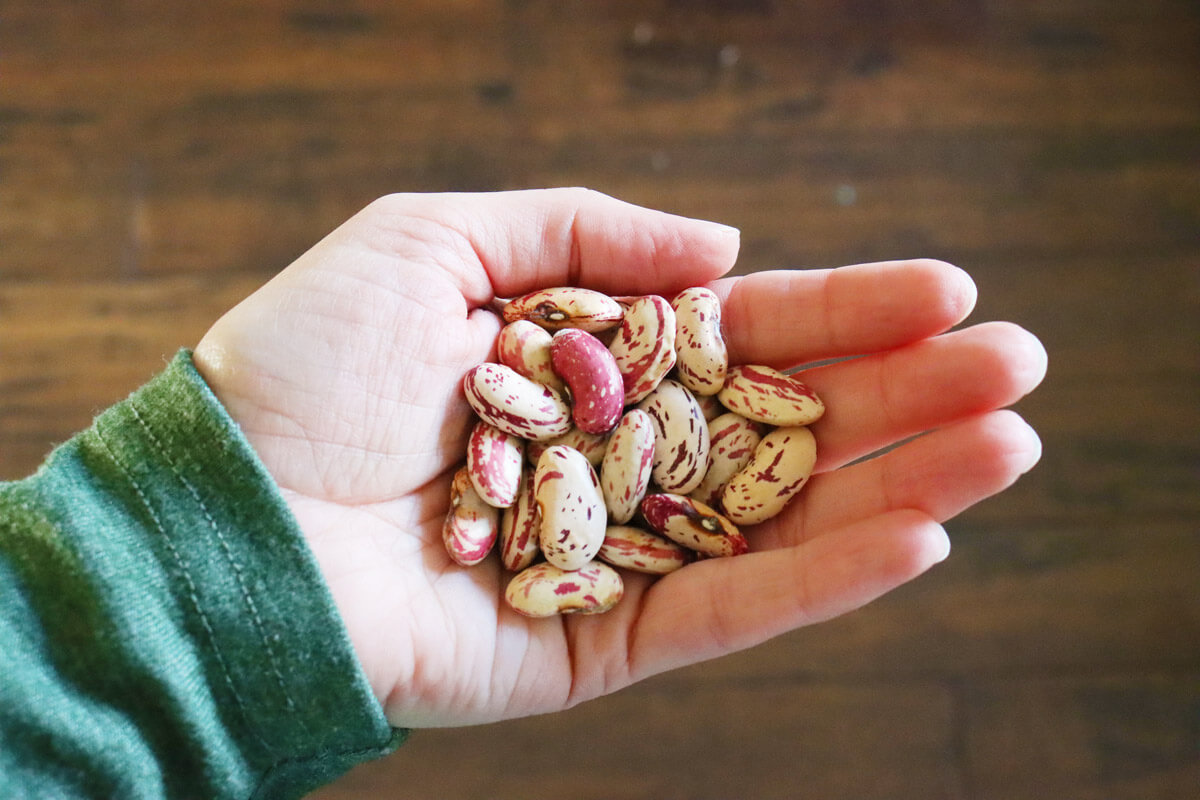
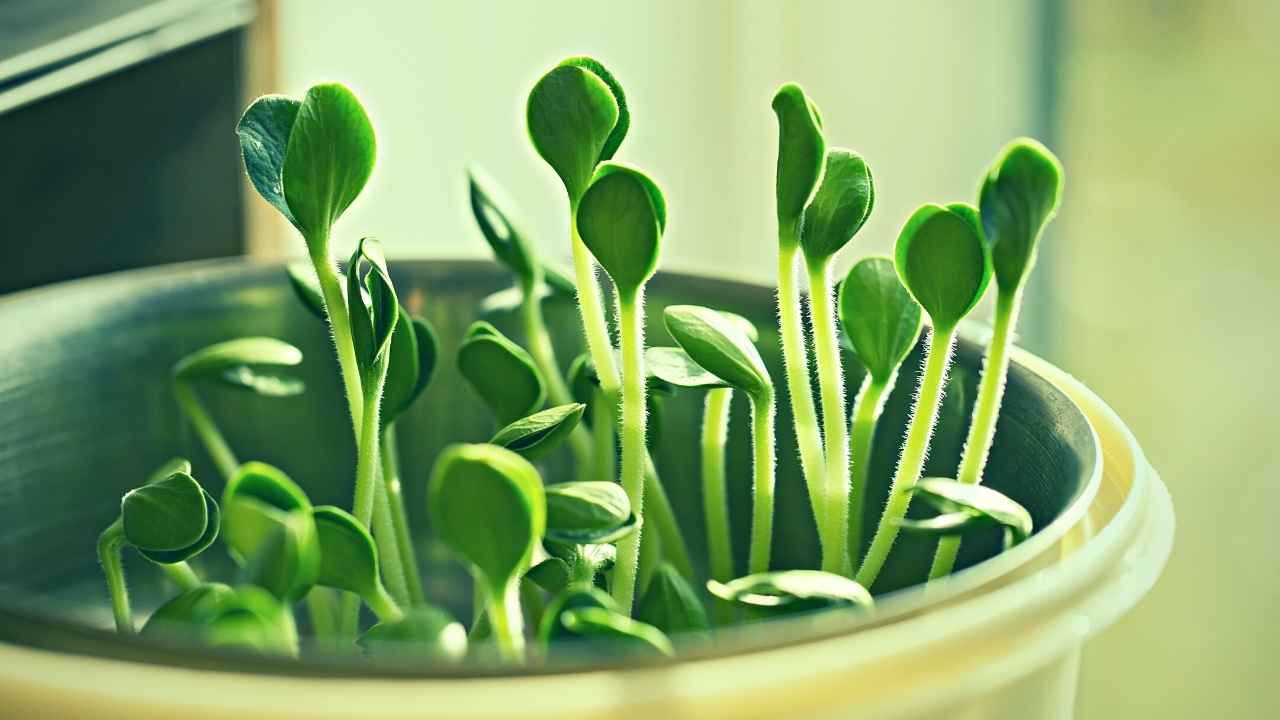
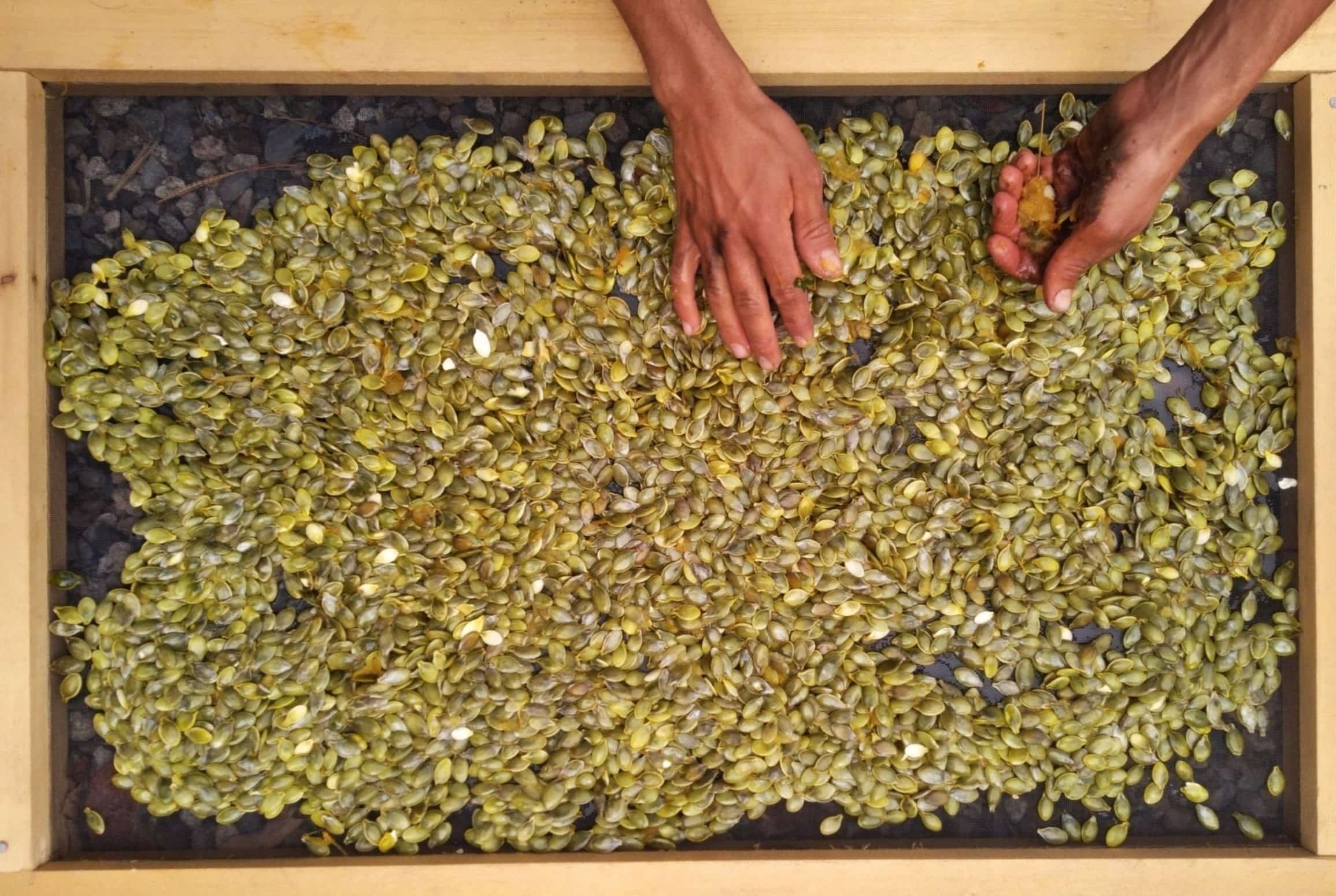
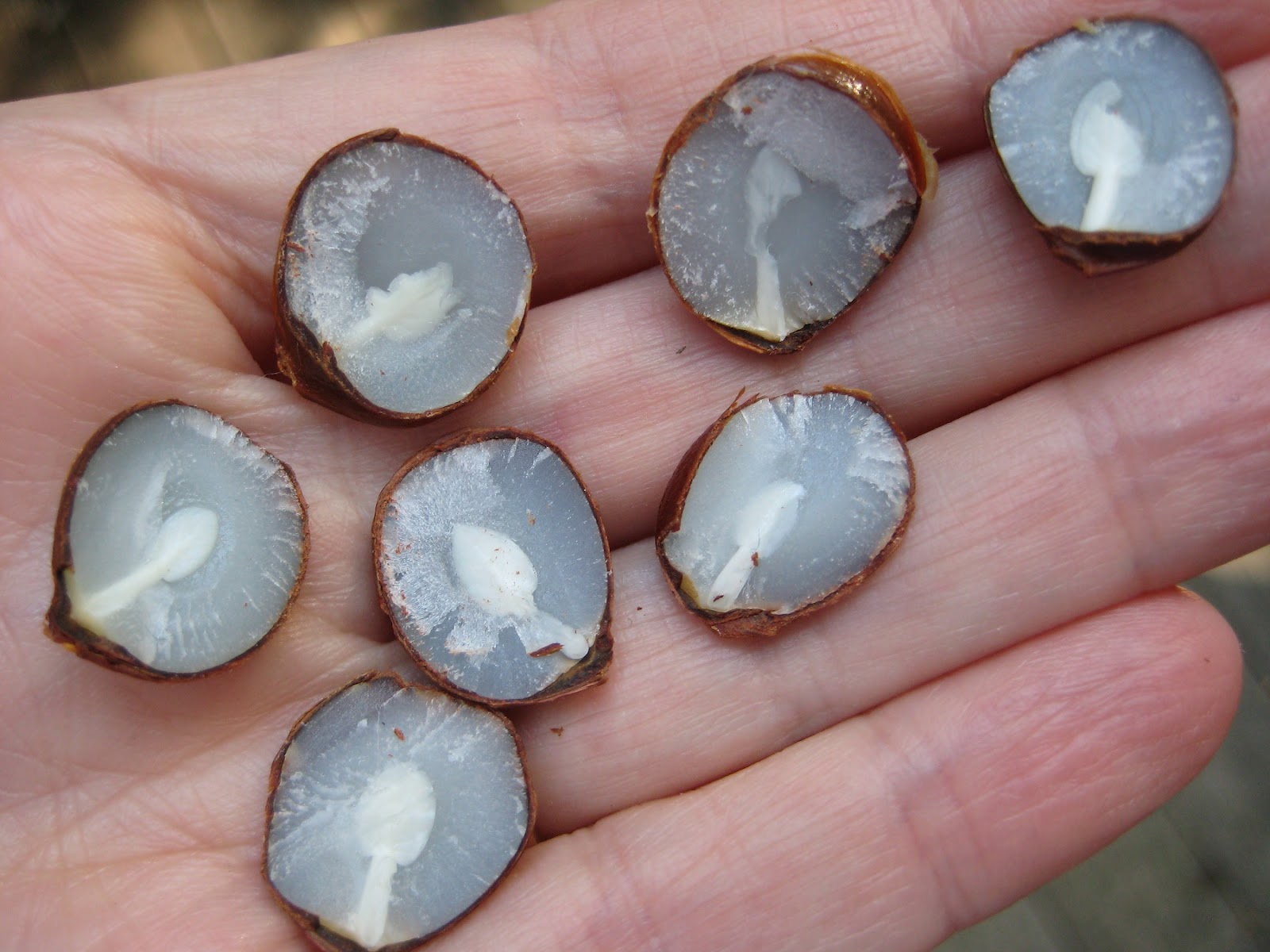
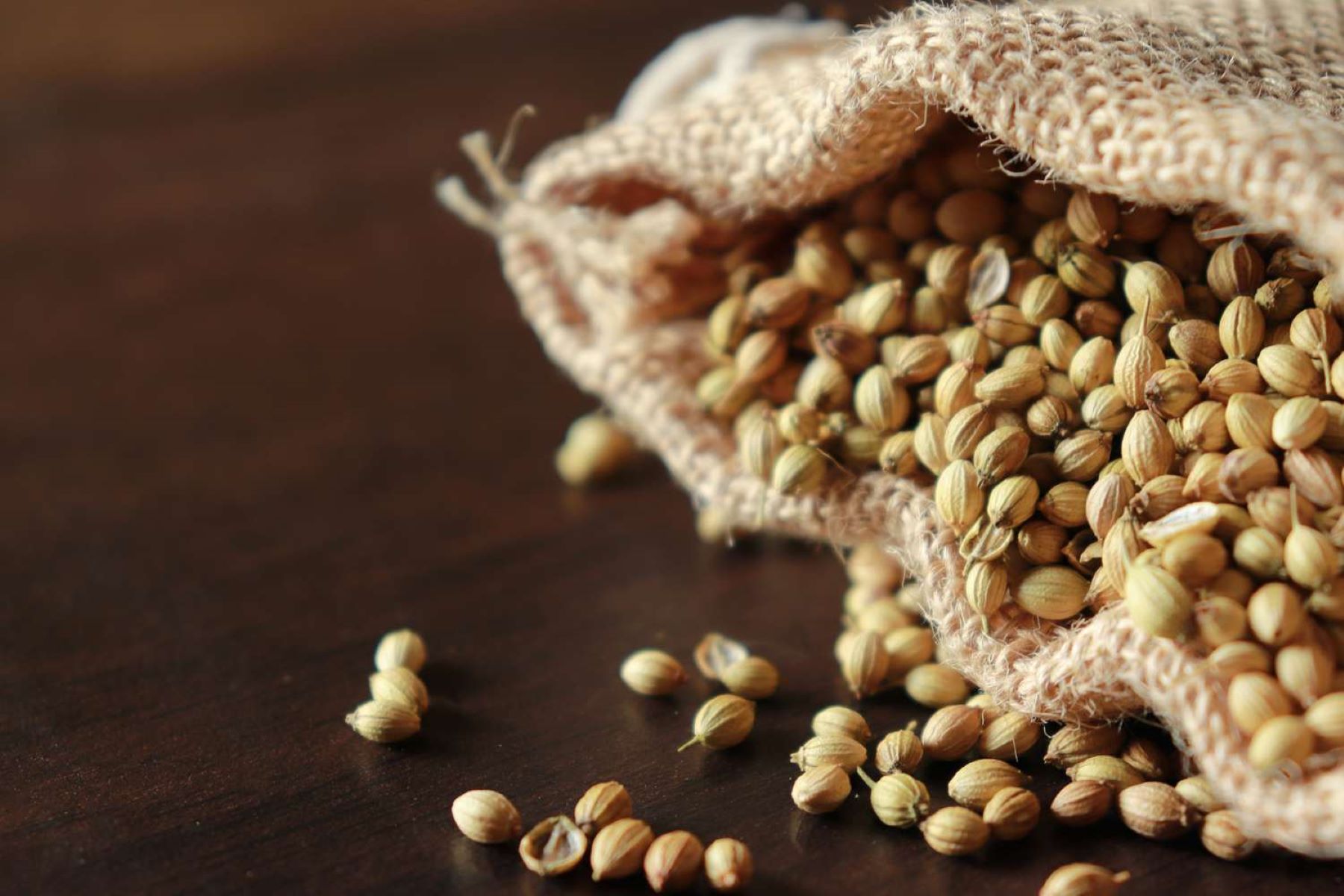
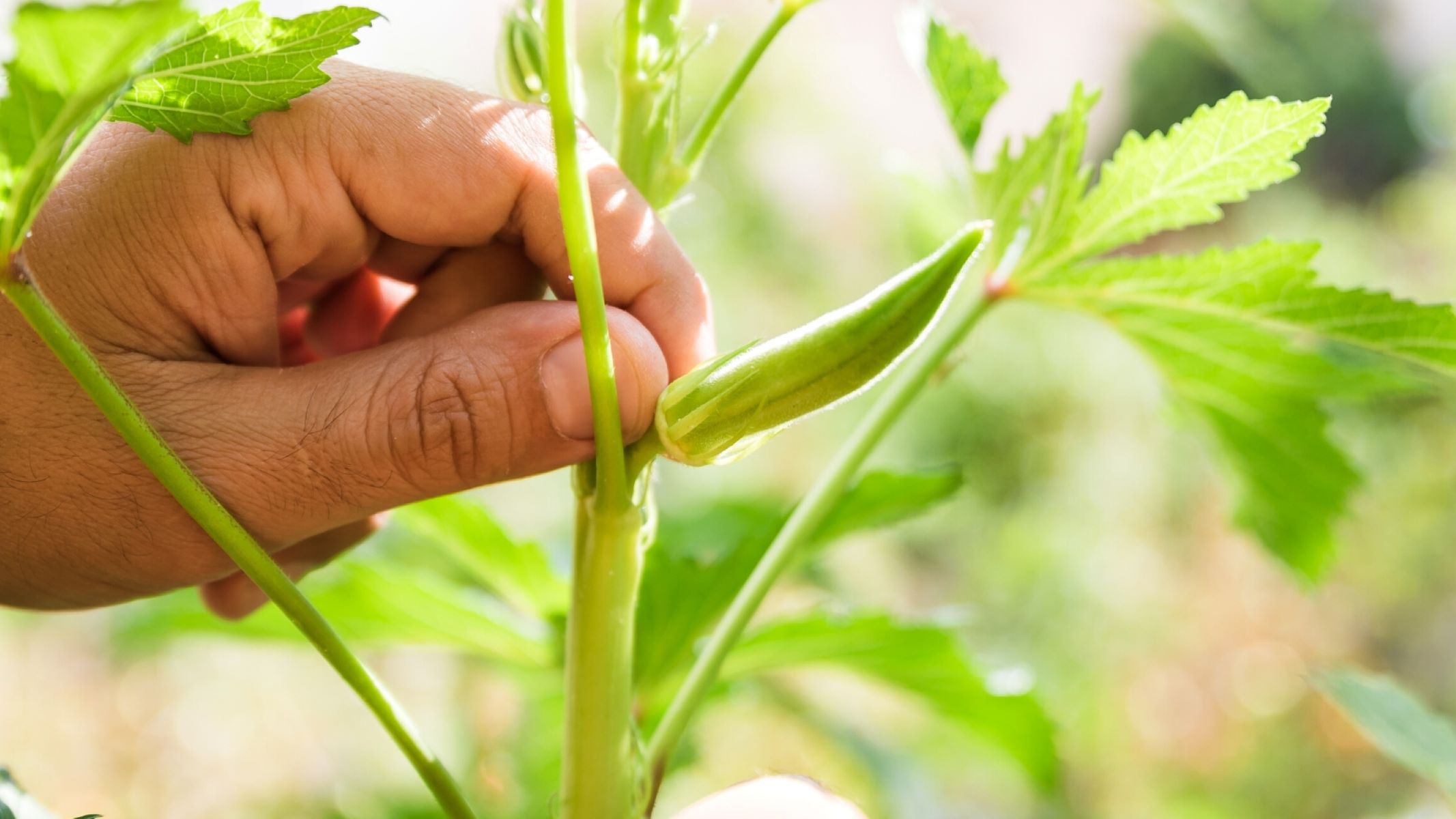
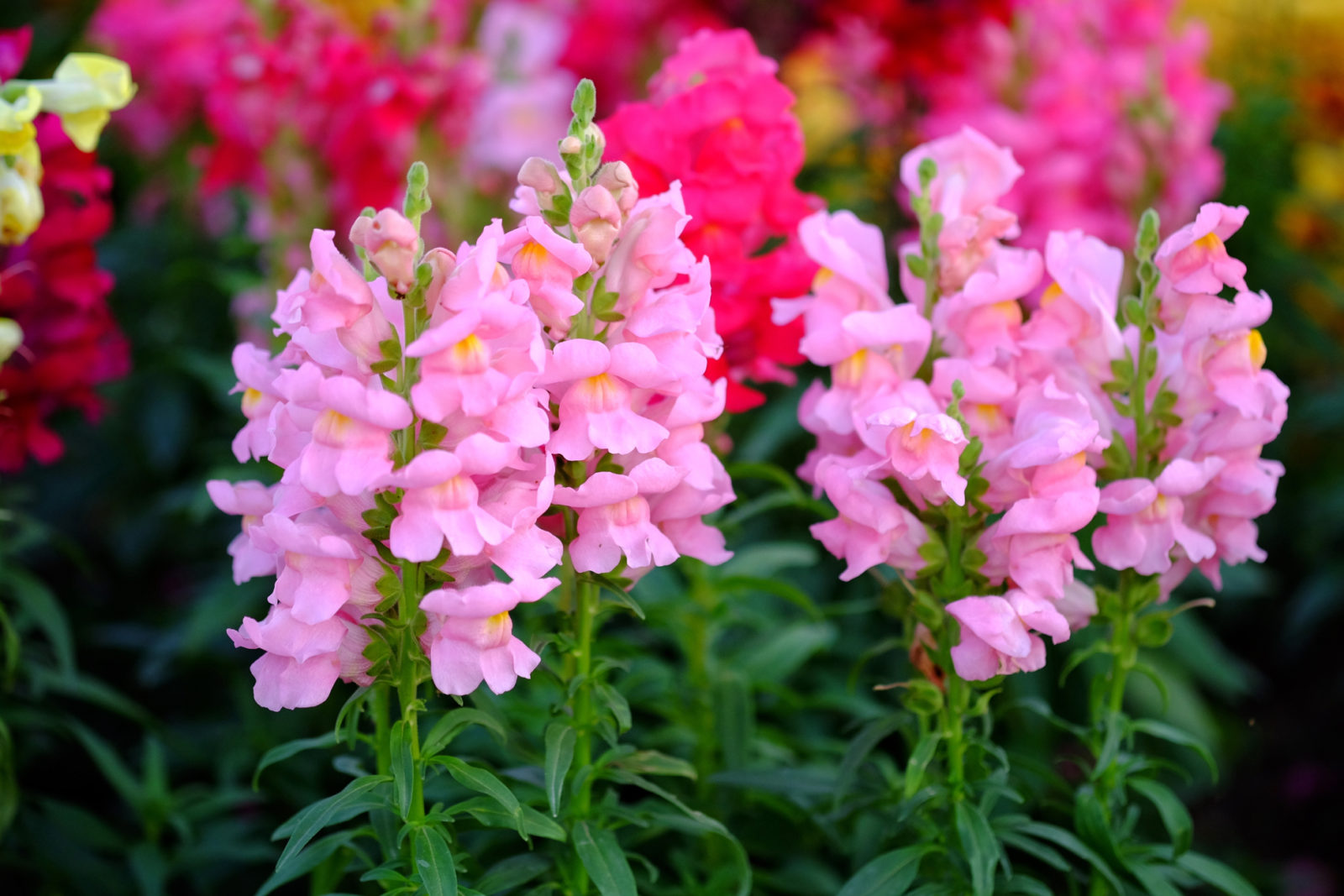
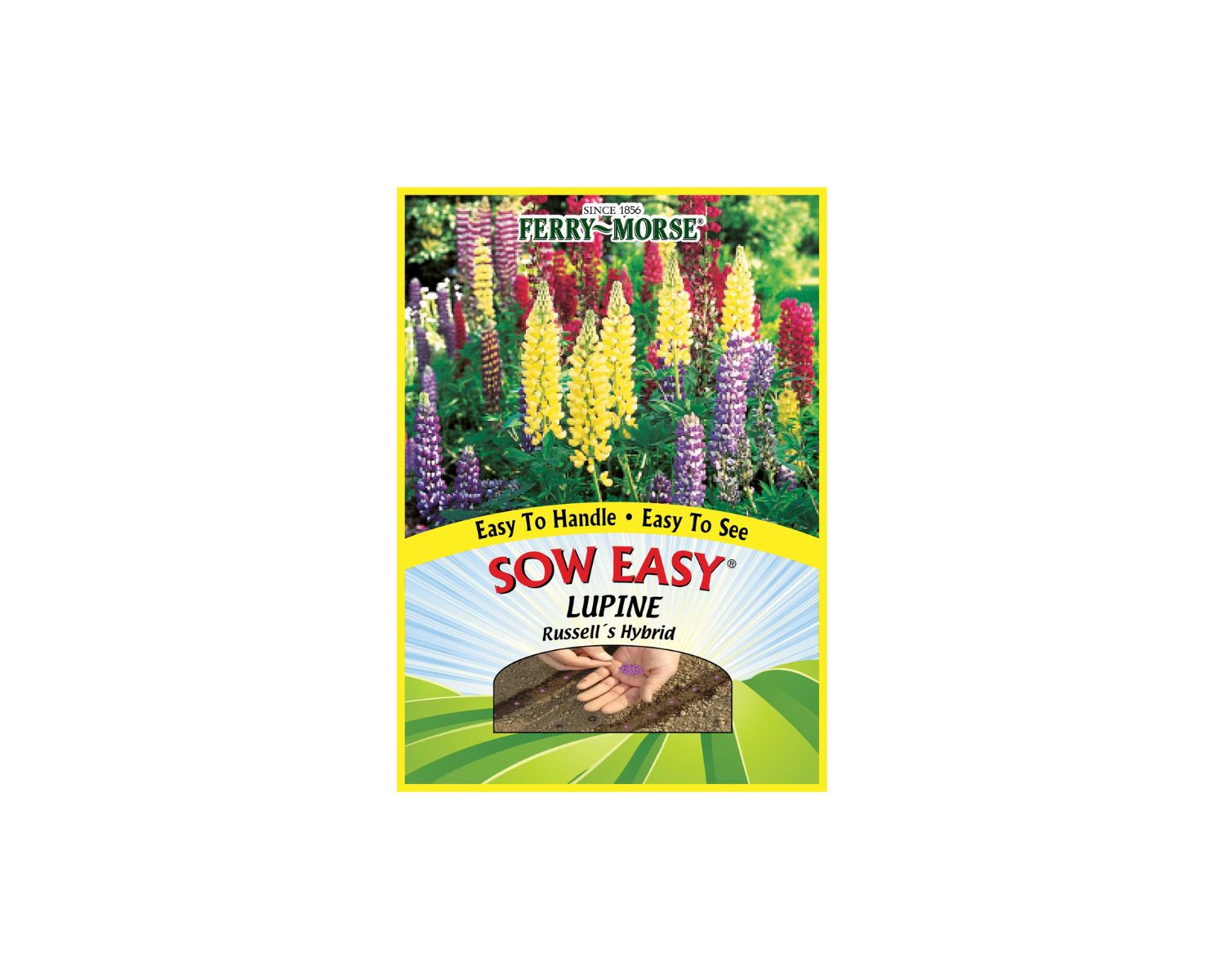
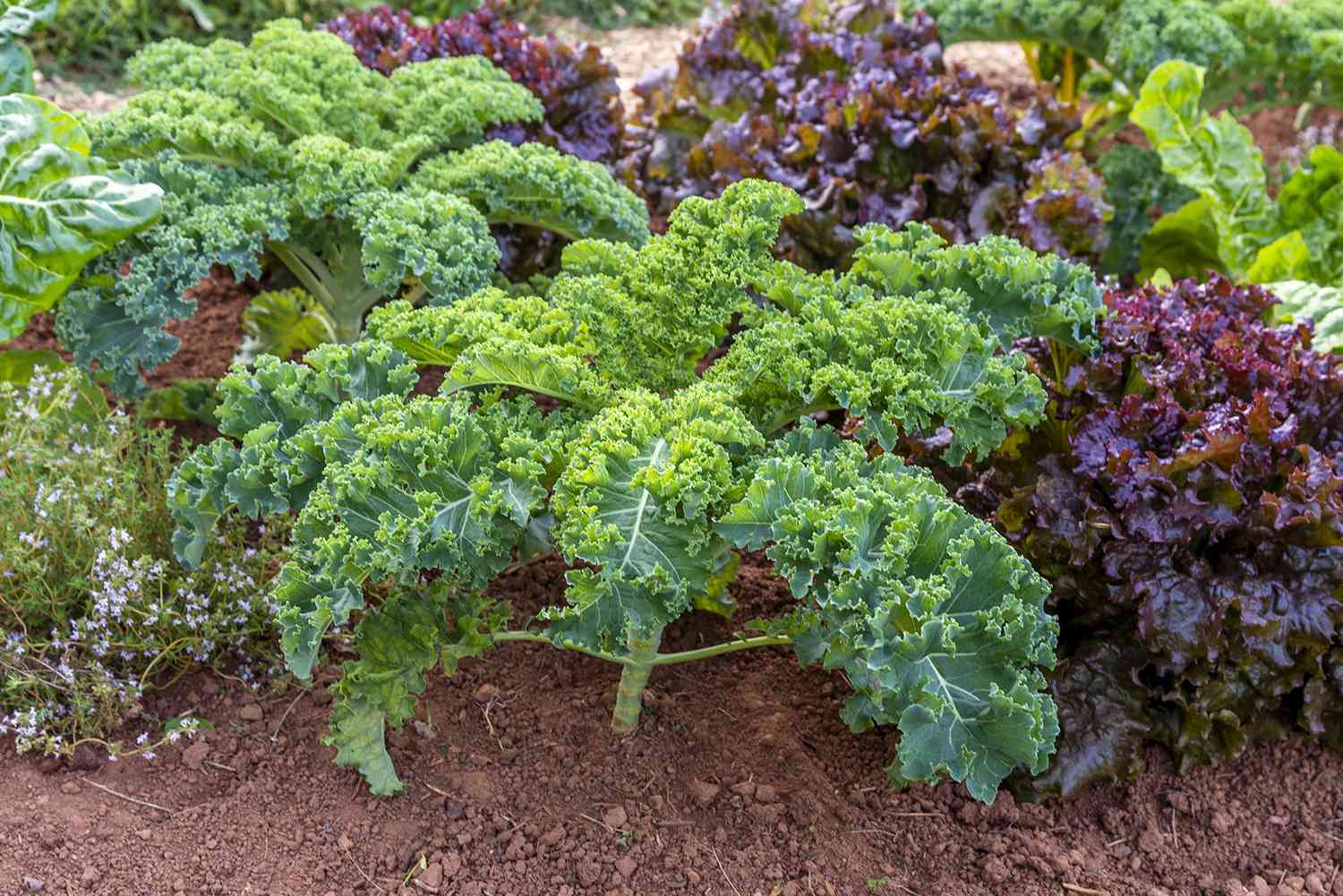
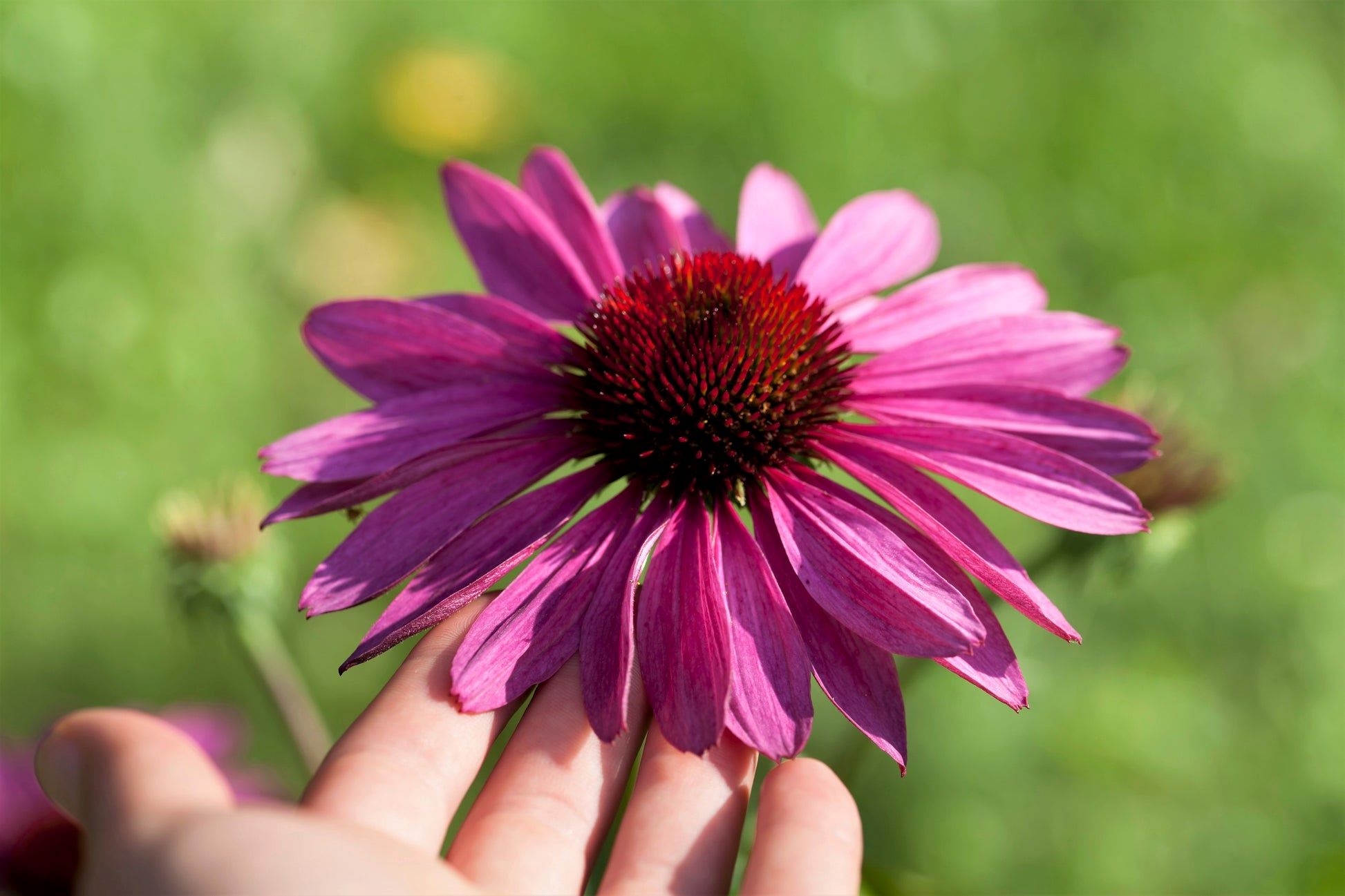
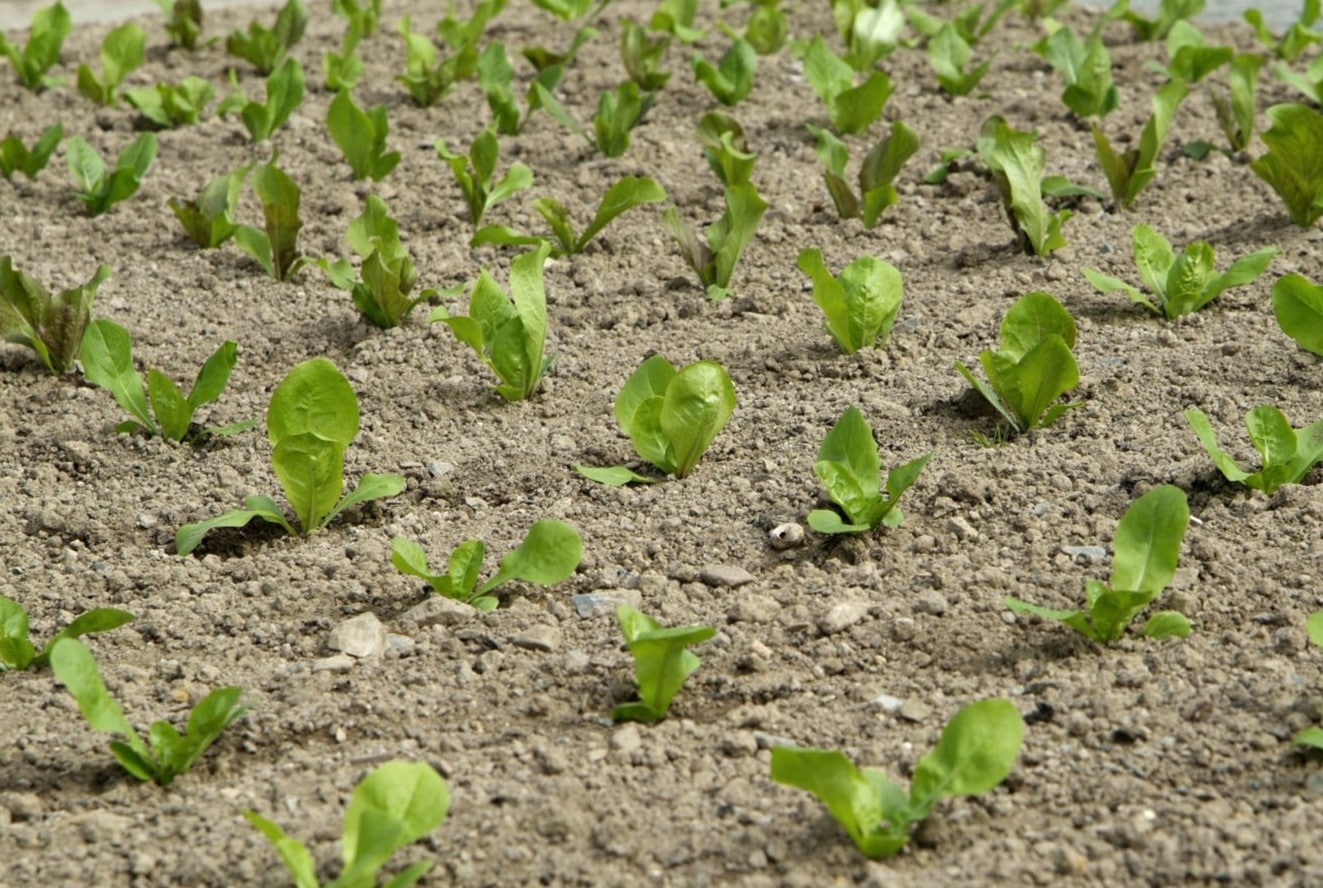
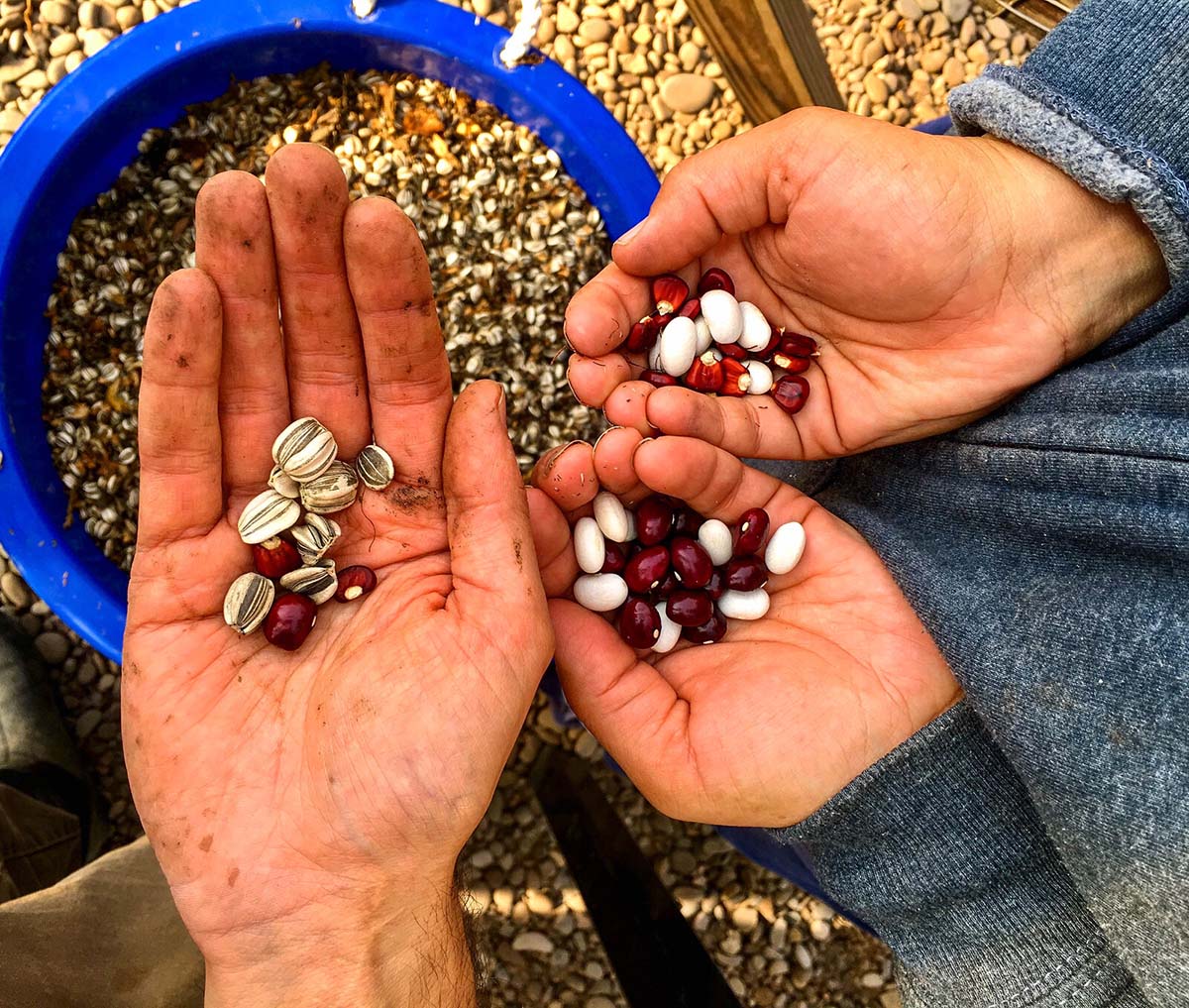
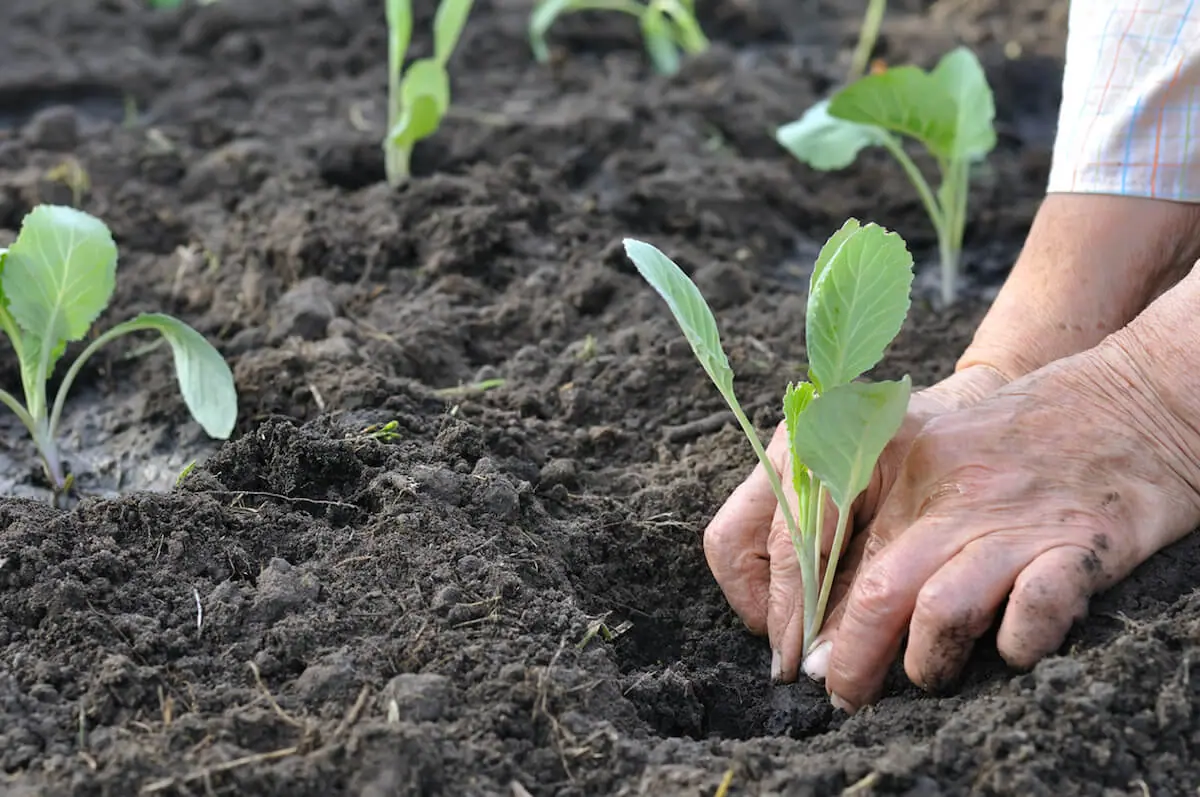
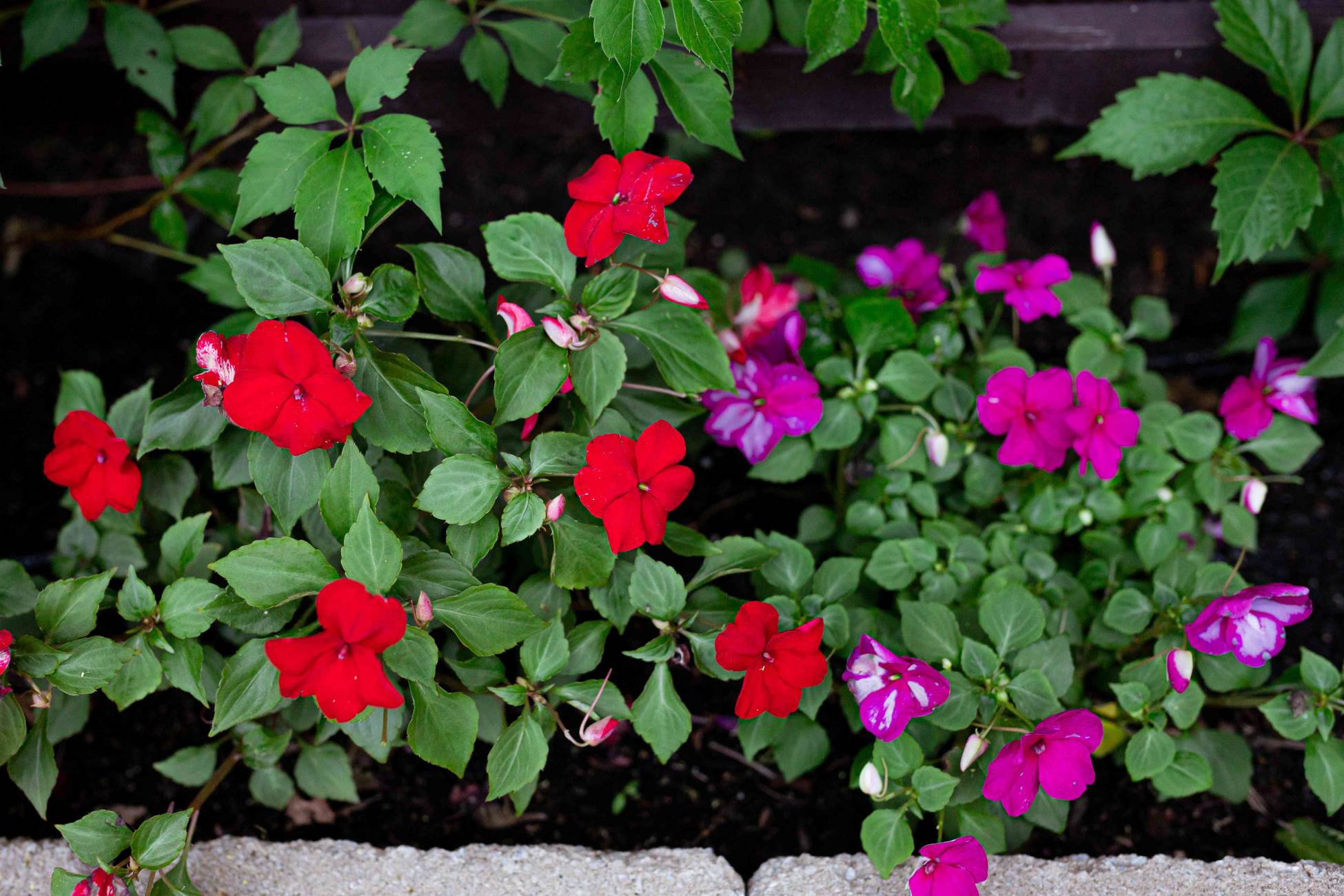

0 thoughts on “What Does Sowing Seeds Mean”